How to Buy a Safe and Comfortable Helmet
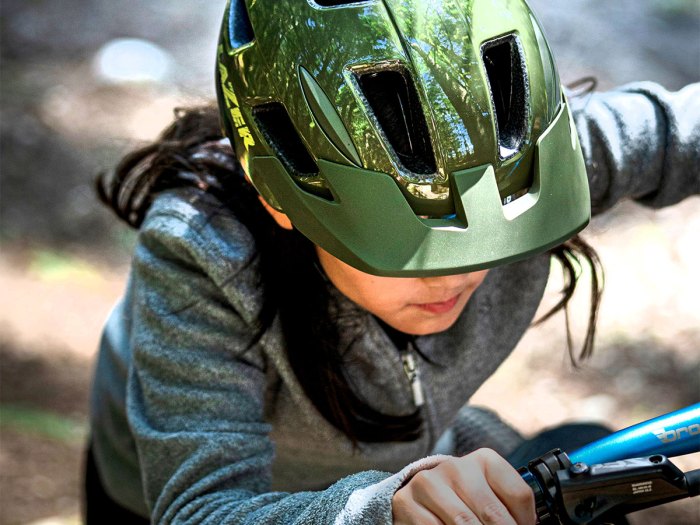
Wearing a bicycle helmet cuts the chance of seriously hurting your head if you’re in a bike accident. But that same helmet might not provide good protection if you wear it while rock climbing or skating. Here’s how to pick a safe and comfortable helmet.
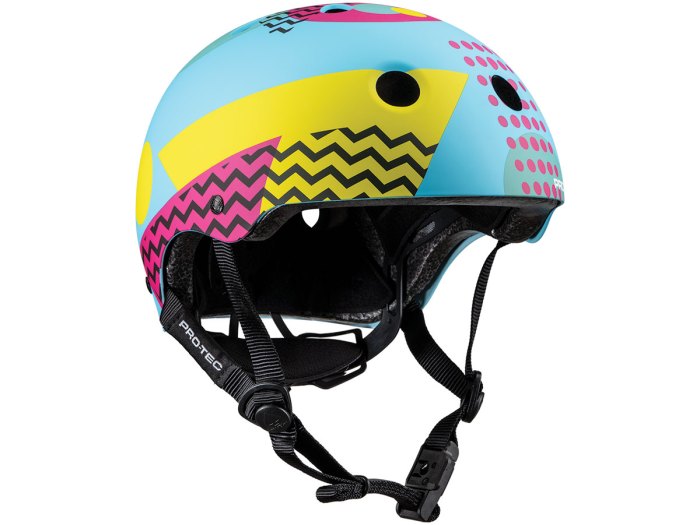
THE PRO-TEC CLASSIC ($55) and CLASSIC JUNIOR ($65, two sizes, protecbrand.com) helmets, certified for skateboarding and cycling, maximize protection for rippers with a high-density shell, inner foam liner and 11 vents. The Junior’s magnetic buckle won’t pinch your neck, and the dual-direction ratcheting adjustment system gives you a customized fit without having to change helmet liners.
CERTIFICATION
Get a helmet designed specifically for your sport. Don’t be distracted by the helmet’s style. What’s more important is if the helmet meets the proper protection standards. Just check for the sticker inside the helmet with the certification on it before buying.
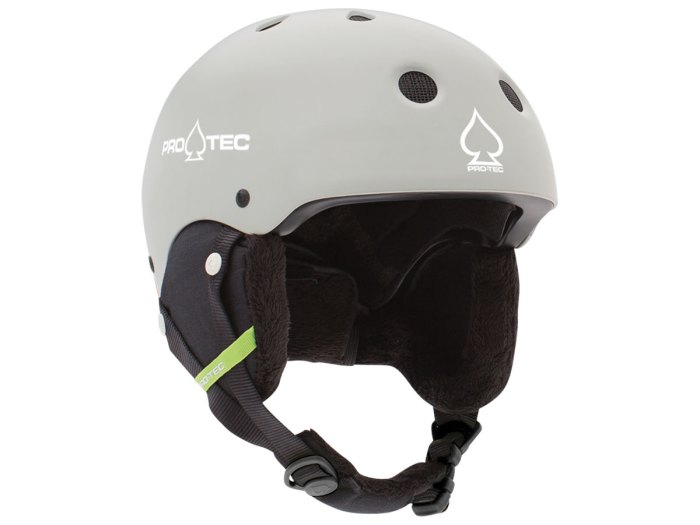
THE PRO-TEC CLASSIC CERTIFIED SNOW STEALTH ($70, protecbrand.com) helmet is certified for skating, cycling and snow activities. It adds removable ear pads, a heat-sealed liner and a goggles clip, enabling three-sport use in all seasons.
WHAT TO LOOK FOR
Multi-Directional Impact Protection System (MIPS) helmets come in different versions for different sports. The most common design uses a liner inside the helmet that offers more protection in a crash, potentially reducing brain trauma.
With a bicycling helmet, consider what and how you ride. Helmets for the road and cross-country mountain biking prioritize low weight and ventilation; trail and enduro models protect the back of your head; and downhill helmets add a chin bar.
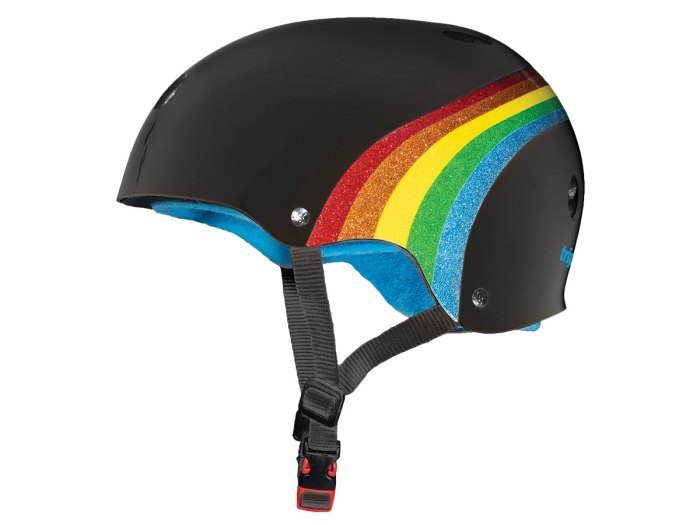
Integrating high-impact-absorbing EPS foam with dual-density foam plus fabric liners, the TRIPLE EIGHT CERTIFIED SWEATSAVER ($70, triple8.com) helmet carries certification for both cycling and skateboarding, saving multi-sporters money. Triple Eight donates a portion of sales to The Skatepark Project for the creation of public skate parks.
When buying any helmet, take a look at the helmet’s design. The safest helmets are those that are rounded without any snag points sticking out that could hurt you during a fall.
Vents are good for keeping your head cool, but more vents equal less foam and, possibly, less protection. So pick a helmet with no more vents than you think you’ll need.
Finally, if you’ll be cycling or skating around traffic, choose a brightly colored helmet so you’ll be easier for drivers to see.
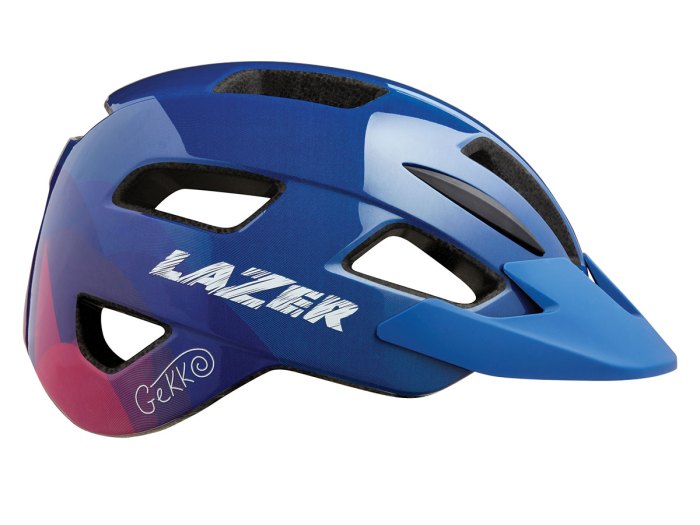
The ventilated LAZER GEKKO MIPS ($65, azersport.us) helmet uses an automatic fit system that enables proper fitting to your head quickly and safely without having to move a dial — and has the protection of MIPS.
THE PROPER FIT
You should have a snug fit, but not so tight that it’s too uncomfortable.
Some helmets come with removable foam inserts to customize a snug fit. With the helmet level on your head, use your fingers to measure the space between your eyebrows and the helmet.
You shouldn’t have any more than two fingers of space above your eyebrows. You don’t want it flopping down over your eyes either.
STRAP IS KEY
Always buckle your helmet. It only takes a second to strap it on. And if you fall and it’s not strapped, the helmet isn’t going to stay on and won’t do any good. Plus, you’re not looking any cooler wearing it without the strap.
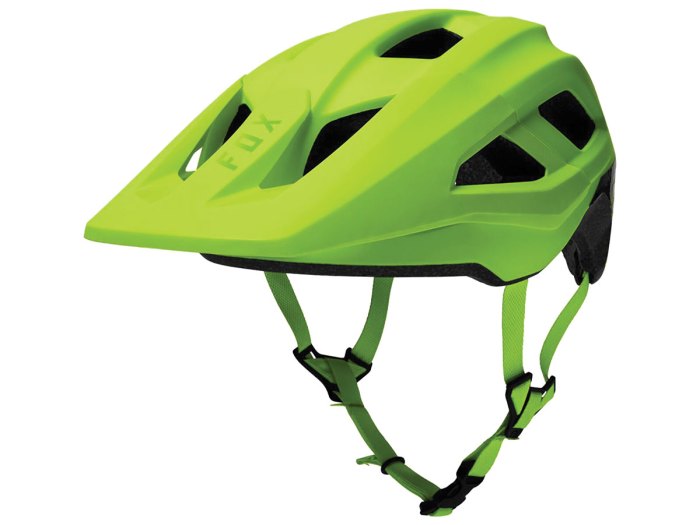
The FOX RACING YOUTH MAINFRAME HELMET ($80, foxracing.com) combines extended back-of-the-head coverage; cool ventilation; a lightweight fit system; and a removable, moisture-wicking liner with MIPS protection. It’s also available in adult sizes.
HOW MUCH IT’LL COST
These days, some high-end helmets can cost up to several hundred dollars, but don’t worry: you can get a safe cool-looking one for much less.
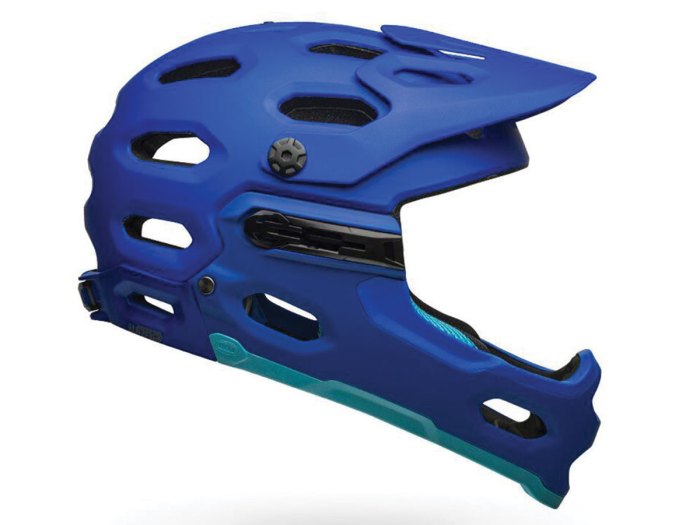
For trail and bike park riders who go big and fast, the BELL SUPER 3R MIPS ($235, bellhelmets.com) features a removable chin bar, easily changing over between a half-lid for trail mountain biking and a full-face helmet. In full-face mode, big, soft pads cushion your face, while the half-lid setup has a close, ventilated fit.
TRY BEFORE YOU BUY
Whether you go to a bike or skate shop or a big superstore, it’s important that you try on a bunch of different helmets to find the one that fits your head best. Salespeople in small specialty shops can help you find the optimum fit; in big stores you’re usually on your own.
Either way, don’t just pick one that looks cool. If you’re going to wear a helmet, you might as well have the safest one.
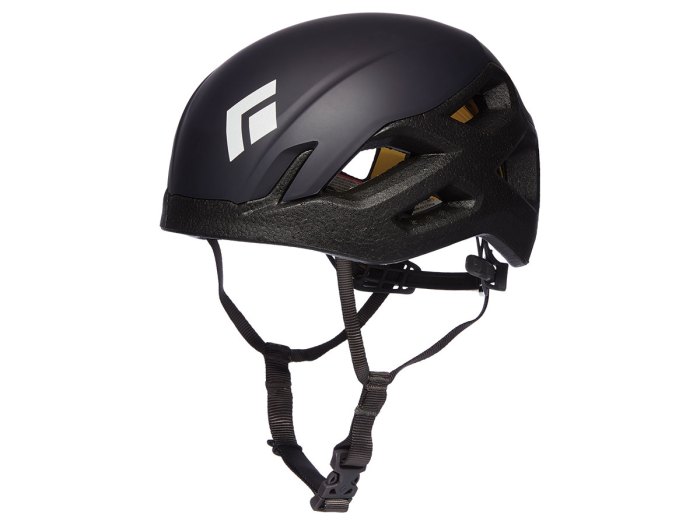
For any climbing, the BLACK DIAMOND VISION MIPS ($140, blackdiamondequipment.com) delivers all-day comfort, thanks to a design that’s highly adjustable. The EPS foam puck on the top of the head protects from falling rocks while the EPP foam shell surrounding it provides side impact protection — it’s the best of both worlds. The outer shell is ABS, a more durable type of plastic shell than thin, easy-to-dent polycarbonate.
LEARN MORE
Visit the Bicycle Helmet Safety Institute’s Web site at Helmets.org to find out everything there is to know about helmet safety.
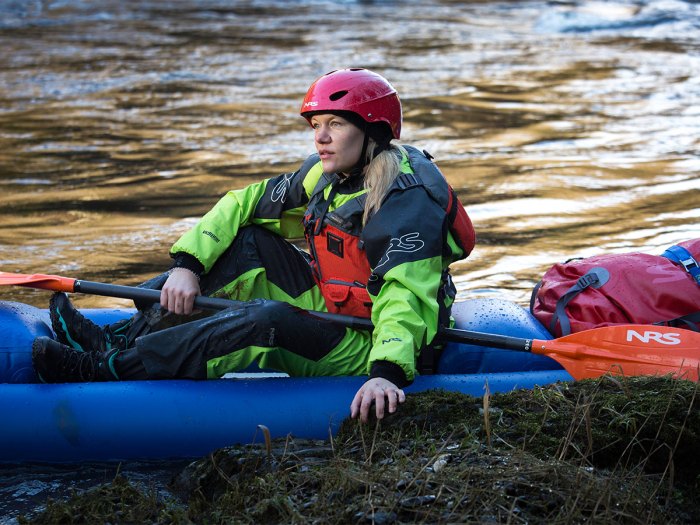
There are good reasons the NRS HAVOC LIVERY HELMET ($53, nrs.com) ranks among the most popular with whitewater kayakers and rafters. For starters, it’s made from tough ABS plastic, known to withstand a lot of hard use. The glued-in, closed-cell EVA foam liner and plush-fit pads on the front and back deliver comfort. An adjustable system makes it one of the few one-size-fits-all whitewater buckets, making it a useful spare helmet that anyone you invite can wear. The price helps a lot, too.
Leave a Comment